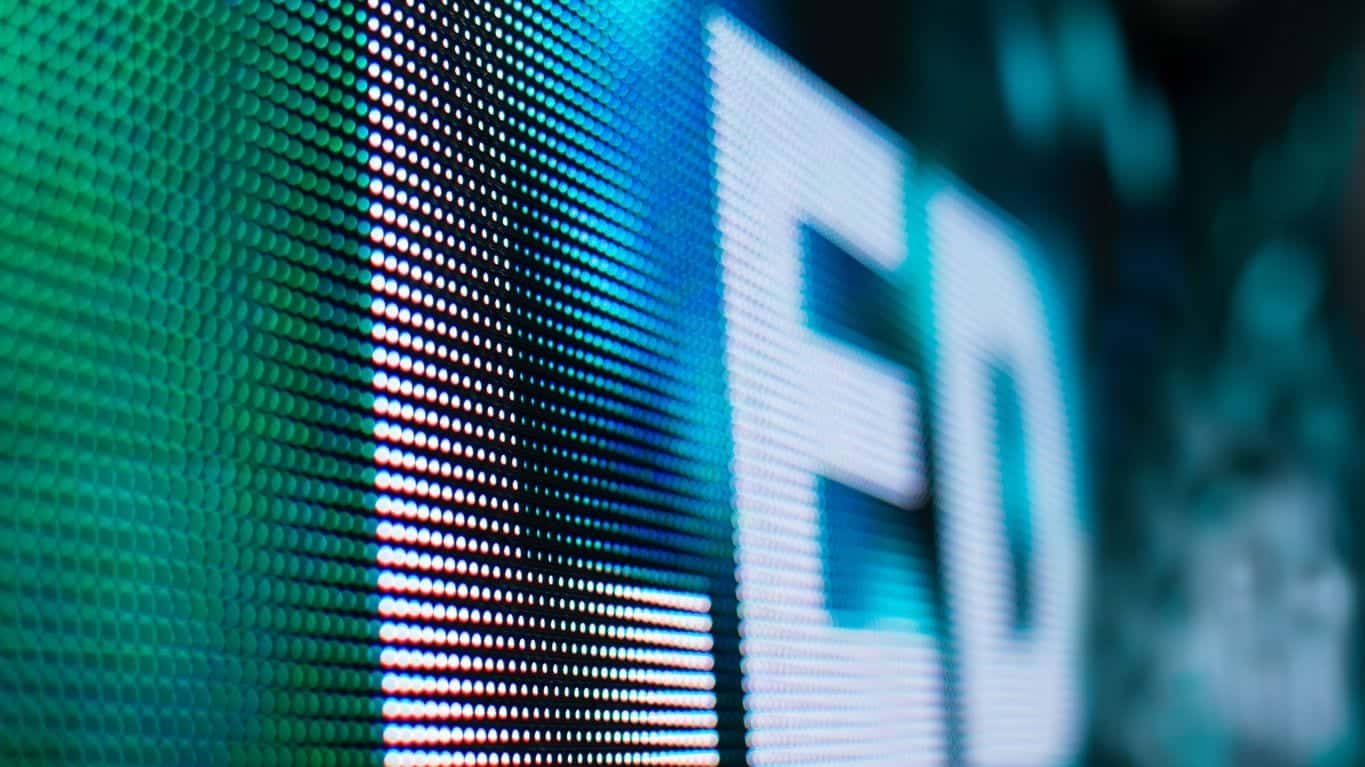Examining the Diverse Integration Options Offered for Light Emitting Diode Wall Modules
Examining the Diverse Integration Options Offered for Light Emitting Diode Wall Modules
Blog Article
Light Emitting Diode display panels have gained traction for their capacity to deliver high-quality visuals in various settings, from professional environments to event venues. One of the primary aspects of these systems is their connectivity options, which allow users to connect them to different devices and systems. Comprehending the broad connectivity options available for LED wall panels is vital for enhancing their use and effectiveness. This discussion explores these options, highlighting how they can adapt to specific needs and preferences.
One frequent interface approach for LED wall panels is HDMI. High-Definition Multimedia Interface is widely known for delivering high-quality video and audio signals between components. This connection type is particularly beneficial in commercial settings, such as conference rooms or training rooms, where presentations or video content are often shared. By using digital connectors, users can easily connect laptops, projectors, and streaming equipment to Light Emitting Diode wall panels, ensuring a sharp and dynamic display of information.
Another commonly used connectivity option is Display Port, which is comparable to HDMI but offers additional benefits. Display Port can support higher refresh rates and display outputs, making it an ideal choice for gaming or graphic-intensive applications. For those deploying Light Emitting Diode wall panels in environments where performance is essential, such as competitive gaming venues or design studios, DisplayPort can provide the required visual clarity. Additionally, many modern computers and graphics cards include Display Port connections, making it a practical solution for tech-savvy professionals.
In contrast to High-Definition Multimedia Interface and DisplayPort, wireless transmission methods are becoming increasingly prevalent in LED wall panel solutions. Cable-free connections allow users to transmit content without the requirement for physical cables, enabling a streamlined and more flexible setup. Platforms such as Wi-Fi and Bluetooth allow users to link smartphones, tablets, and laptops seamlessly to LED wall panels without cumbersome wires. This versatility is particularly advantageous in fast-paced environments like trade shows or live functions, where rapid adjustments to displays are often required.
For larger installations or more intricate setups, LAN integration through wired networking is another viable option. Ethernet connections provide a consistent and robust way to integrate multiple Light Emitting Diode wall panels within a network. click here for more This approach is suitable for electronic display applications found in shopping malls or transport hubs, where multiple panels may need to present coordinated content across a broad area. By using Ethernet cables and network switches, operators can guarantee that all connected panels receive consistent updates and information seamlessly.
Lastly, it's crucial to evaluate the evolution of interface technology with advancements such as Universal Serial Bus-C and Thunderbolt 3. These newer connection types offer increased data transfer rates and flexibility by allowing one connector to handle both energy transfer and data exchange. As more systems incorporate these protocols, Light Emitting Diode wall panels equipped with Type-C ports will likely become more common. This evolution in connectivity not only enhances the functionality of LED wall panels but also aligns with the growing trend of minimalistic design in hardware arrangements by minimizing the number of wires required.
In summary, exploring the broad connectivity options available for LED wall panels reveals many possibilities for operators across multiple industries. From conventional approaches like High-Definition Multimedia Interface and Display Port to contemporary cordless solutions and LAN setups, each pathway serves specific functions suited to distinct needs. Furthermore, next-gen technologies like USB-C promise further advancements in how users interact with LED wall panels. By grasping these connectivity alternatives, end-users high cri led panels can make strategic selections that optimize their overall engagement with these multifunctional visual solutions.